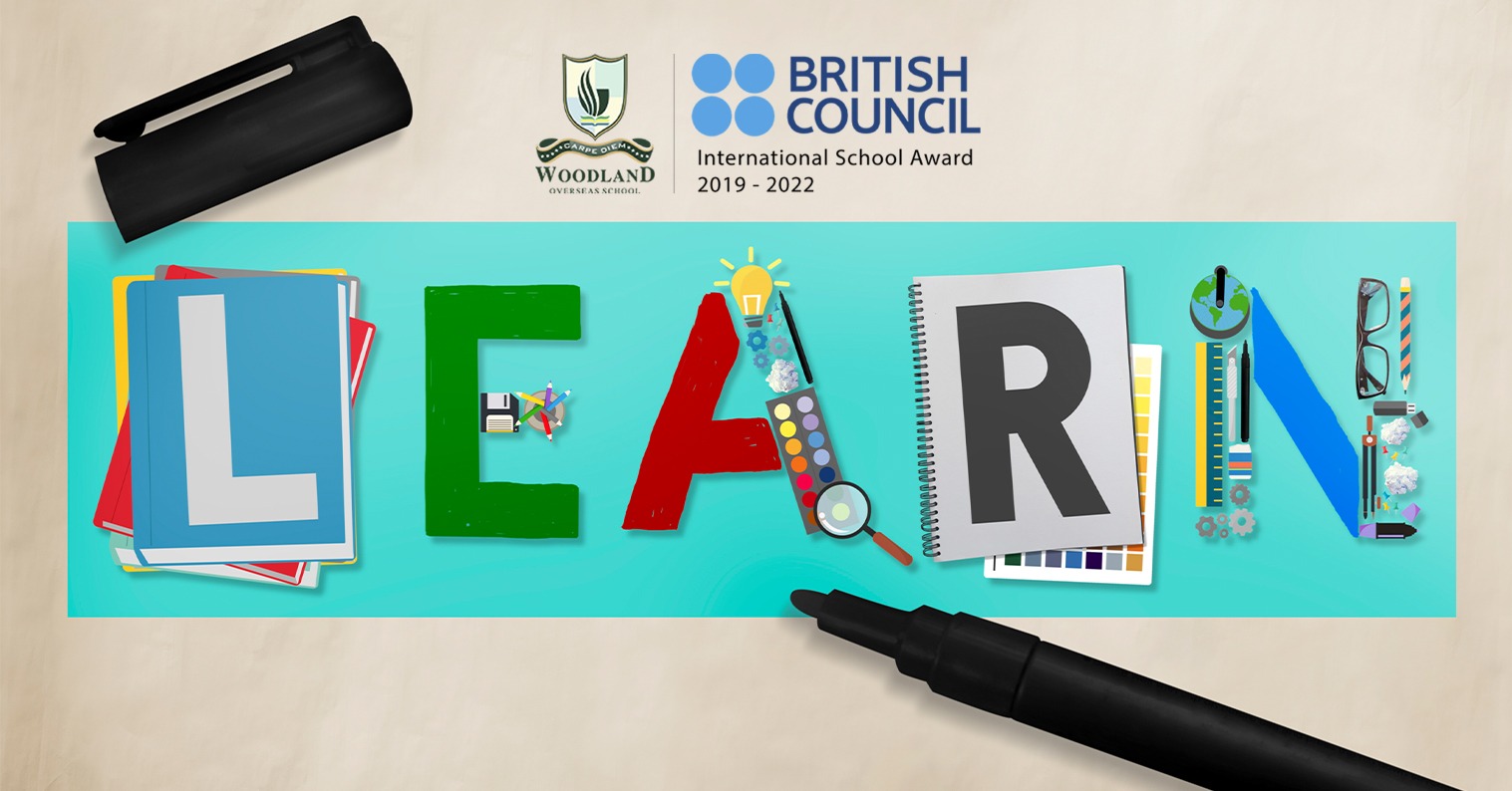
Five Ways to Integrate Project-Based Learning in the Curriculum
Project-Based Learning (PBL) is a student-centered teaching method that encourages active, hands-on learning through the completion of real-world projects. Woodland Overseas School, enlisted as one of the Best CBSE School in Hoshiarpur, believes that by integrating PBL into the curriculum, educators can enhance student engagement, critical thinking skills and creativity. In this blog post, we will explore five effective strategies to integrate project-based learning in the curriculum.
- Identify Authentic Problems:
To begin, educators should identify authentic problems or challenges that align with the curriculum and relate to real-world contexts. These problems could be based on current issues, community needs, or even student interests. By presenting students with real problems to solve, they become more invested in the learning process, as they see the purpose and relevance of their work. - Foster Collaboration and Communication:
Project-based learning presents a valuable opportunity for students to collaborate and communicate with their peers. Educators can foster collaboration by assigning group projects that require students to work together towards a common goal. By interacting with their classmates, students develop important teamwork and communication skills that are crucial for future success. Teachers can provide guidance and facilitate discussions to ensure effective collaboration among students. - Engage in Multiple Disciplines:
Another benefit of project-based learning is its ability to integrate multiple disciplines. Educators can design projects that require students to apply knowledge from different subjects, allowing for a holistic understanding of concepts. For example, a project on sustainable living could involve elements of science, mathematics, social studies, and even art. This interdisciplinary approach fosters a deeper understanding of concepts and promotes critical thinking across various disciplines. - Embrace Technology:
Incorporating technology into project-based learning enhances student engagement and expands their learning opportunities. Educators can introduce digital tools and resources that facilitate research, problem-solving and creative expression. Technology also enables students to collaborate beyond the classroom, as they can connect with experts, other students, and resources from around the world. Additionally, platforms such as online presentations or multimedia can be utilised for students to showcase their final projects. - Encourage Reflection and Assessment:
Reflection is a vital component of project-based learning. Educators should encourage students to reflect on their learning journey, the challenges they faced, and the skills they acquired. Reflection can be done through discussions, journals, or presentations. Assessments in project-based learning should focus on the process rather than just the end product. Rubrics can be utilised to evaluate students’ progress, collaboration, critical thinking, and creativity. Peer assessments and self-assessments can also be incorporated to promote student involvement in the evaluation process.
Conclusion:
By integrating project-based learning in the curriculum, educators can create engaging and meaningful learning experiences for students. Through authentic problems, collaboration, interdisciplinary approaches, technology integration, and reflection, students develop essential skills and a deeper understanding of concepts. The strategies implemented by Woodland Overseas School, Best Hoshiarpur School, empower students to take ownership of their learning, prepare them for real-world challenges and foster a love for lifelong learning. As educators, it is crucial to embrace project-based learning as a powerful tool to create well-rounded, future-ready individuals.
